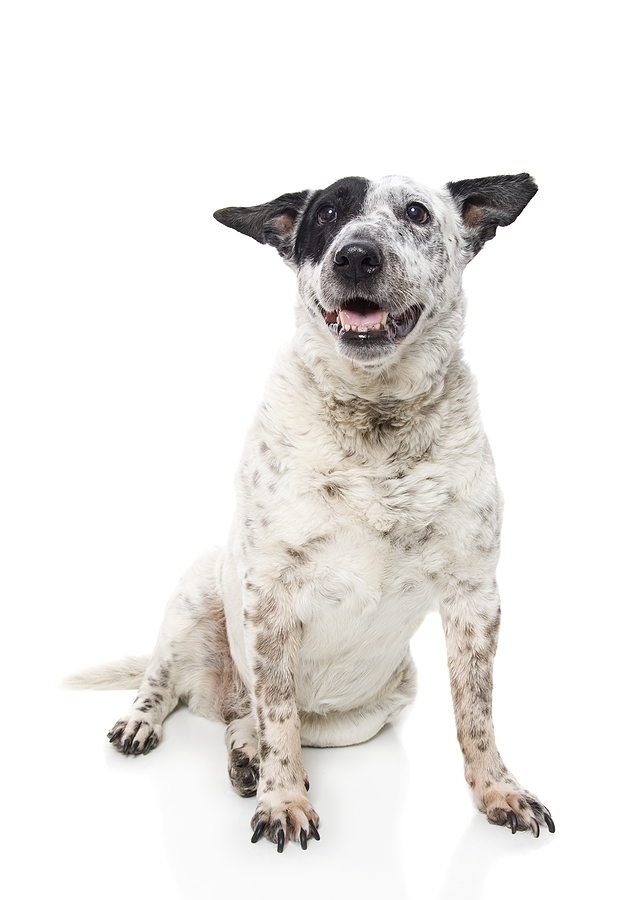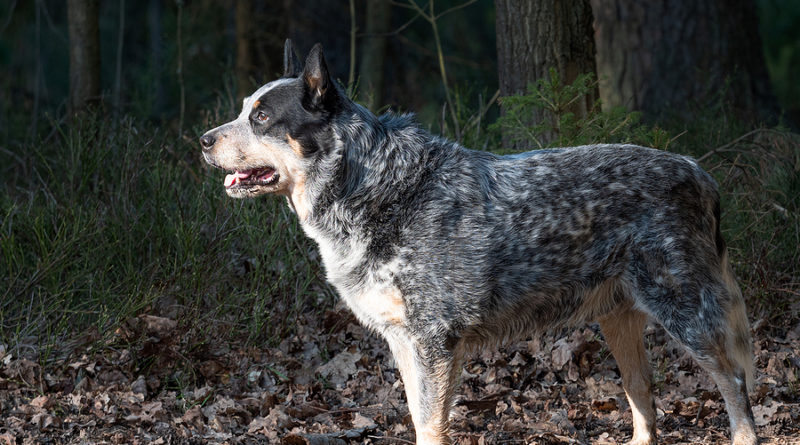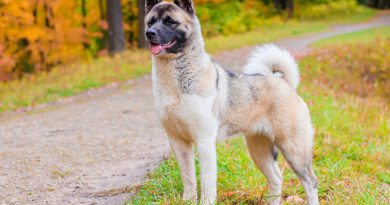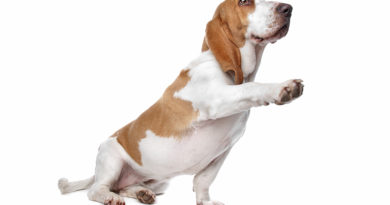Australian Cattle Dog – The doggy Marathoner
Featured image by © bigstockphoto.com / rdonar
What is an Australian Cattle Dog?
The compact but muscular Australian Cattle Dog’s origins are still questionable. They have also been known as Hall’s Heelers, Queensland Heelers, Blue Heelers and Blueys. Even though no records of the original breeding are left, some experts think that Blue Merle Collies, and perhaps even Bull Terriers were used. They were originally bred for endurance, toughness and herding when Australia’s cattle industry was developing. These resilient herders are highly intelligent. They sometimes even outsmart their owners.
These dogs are related to Australia’s famous wild dog, the Dingo, and well suited to the wild terrain. However, over the years, these dogs have become less useful because of their roughness with the cattle. Nowadays the Australian Cattle Dog rarely finds a place as a working dog, though their boundless energy make them excellent running partners. Alert, tough, loyal, they are still one of the most popular dog breeds owned in Australia. The Australian Cattle Dog was admitted to the AKC in 1980 as part of the Herding Group.
Pros and Cons
- Short, easy-care coat in various colors
- Very vigilant watchdog
- Very sturdy, well built medium sized dog
- Thrives of vigorous athletics and rugged outdoor activity. Great for active folks.
- Very loyal and protective of its family.
- Tends to get destructive when bored.
- Can be aggressive toward other animals
- Known for its heavy shedding
- Loves to chase, nip and herd moving targets like bikes, cars, children.
- Tends to bark a lot
Appearance and Size
Group: Herding (AKC)
Height: 17 – 20 inches
Weight: 30 – 35 pounds
The Australian Cattle Dog is a strong, compact, solid dog that gives the impression of an alert, agile, curious and pleasant dog. With their strong head, broad face and upright ears they have this cautious glint or look in their eye. Blueys coat colors include blue or red, with distinctive patterns of mottling. They have short powerful legs, and the hindquarters are broad, strong and muscular. Their tail is thick and medium in length, and assists them with balance and agility.

Temperament
The Australian Cattle Dog is keen, energetic, intelligent and fiercely loyal, and is only really happy when on the job. They are known to be protective, and will bite a stranger or someone that gets between the dog and its owner. Early obedience training and socialization is a must. If an Australian Cattle Dog isn’t challenged, he can easily get bored and resort to mischief. Owners are encouraged to participate with their dog in some work, sport, or agility exercise to keep the Bluey mentally and physically fit.
Grooming
The Australian Cattle Dog is generally remarkably easy to take care of. His coat is short and weather-resistant, and has no smell or oily residue. The Bluey is very easy to groom and all that’s required is just combing and brushing with a firm bristle brush, and an occasional bath only when necessary. During shedding season, simply brush the undercoat more thoroughly to remove dead hair. As with all breeds, trim nails on a regular basis.
Health
The Cattle Dog is a very healthy, long-lived breed and doesn’t really have any significant health problems. Some Blueys may be prone to deafness, progressive retinal atrophy, and hip dysplasia.

Life Expectancy
The Australian Cattle Dog typically lives around 10-13 years
5 Fun Facts About Australian Cattle Dog
- The Australian Cattle Dog actually has some Dingo in its DNA
- They love to herd things, and that includes small children when cattle are not around.
- They can run for long stretches of time, in what seems like limitless energy.
- They are healthy, robust, and have a long life span. A Blue Heeler named Bluey currently holds the Guinness world record just over 29 years!
- They have water resistant double coats, that allows water to bead and roll off, keeping them dry.
Environment
The Australian Cattle Dog is generally low maintenance dog, though requires lots of physical and mental activity, and interaction with people. At a minimum, they require a house with a large, fenced in yard and should be provided enough space and things to keep them occupied. Remember, an intelligent, energetic, and bored dog can become destructive. A daily run with your Bluey is recommend if you live in the city.
Early socialization and obedience training is essential, and they must be allowed to mix with family members and other people as soon as possible. These dogs love to please and enjoy being a constant companion. They have the capacity to be trained to do almost any kind of task, and love agility training. The Australian Cattle Dog is very suitable to active families.
If you’re looking to add a Blue Heeler to your family, consider adopting one instead. Rescuing an animal is a win-win for all, and you save a life.




